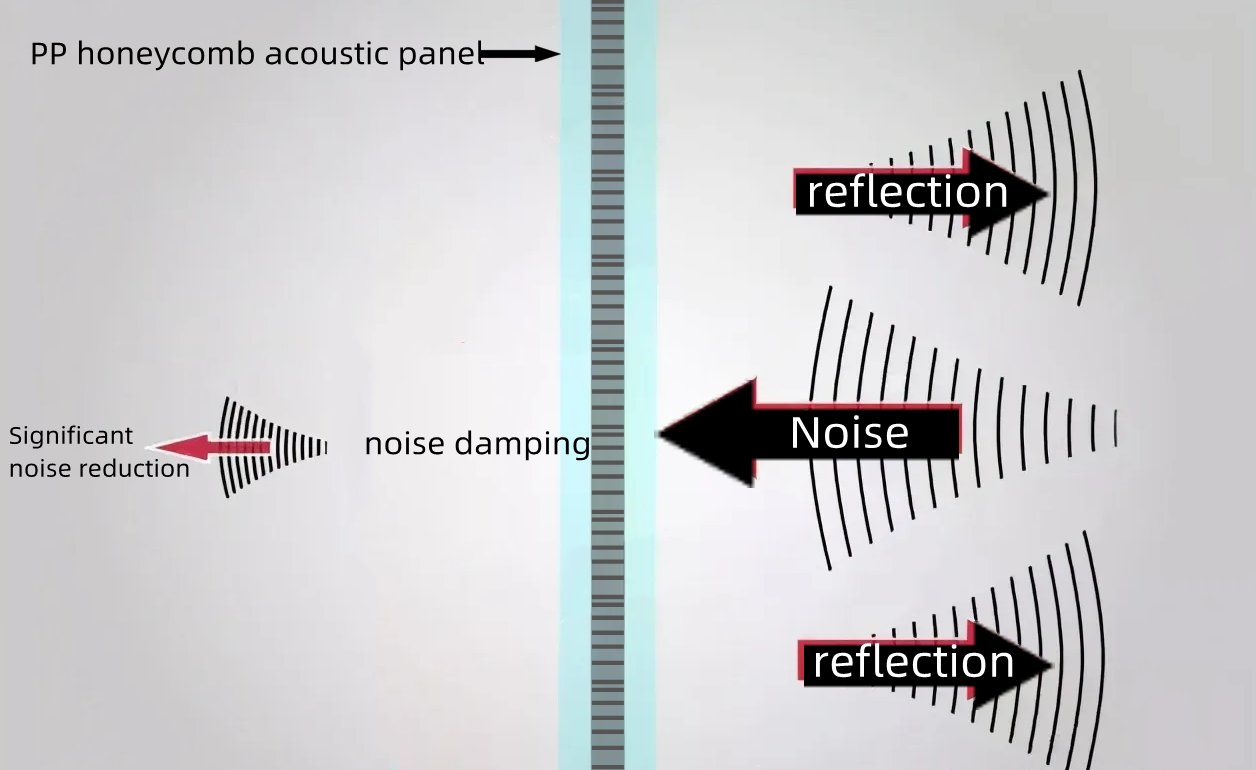· What is Low-frequency noise?
The feature of high-frequency noise is poor penetration, which attenuates significantly as it travels farther or encounters obstacles
The distinctive features are long propagation distance, and strong penetration, and do not change significantly with distance. It can easily pass through obstacles, run long distances or penetrates walls and enter ears. The direct effect on physiology is much stronger than that of high-frequency noise, and it is the most obvious health hazard to human beings.
Low-frequency noise is highly penetrating and has been an important part of environmental pollution. Limited by the law of mass, traditional lightweight porous materials make it difficult to control low-frequency noise effectively. A honeycomb sandwich acoustic metamaterial is proposed based on the characteristics of the honeycomb structure, Helmholtz resonator and acoustic metamaterial. Different from the traditional honeycomb core material, Achieving plastic honeycomb panel is laminated with two layers of panels on the upper and lower surfaces of the honeycomb core, so that the interior is a closed compartment composed of closed spaces with many partitions, which are filled with air and the airflow is blocked, making the acoustic wave damped.

Honeycomb composite panels are widely used in aviation, aerospace and other fields because of their excellent acoustic insulation properties, which can be used as both load-bearing and acoustic insulation parts. Changes in the structural parameters of honeycomb sandwich panels will affect their overall mechanical and acoustic properties to different degrees, so analyzing and studying their mechanical and acoustic properties are of great practical significance.

